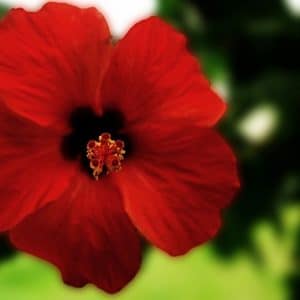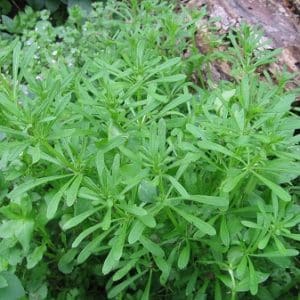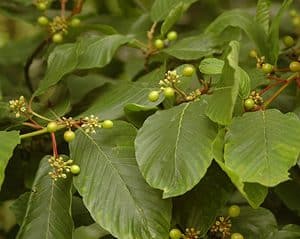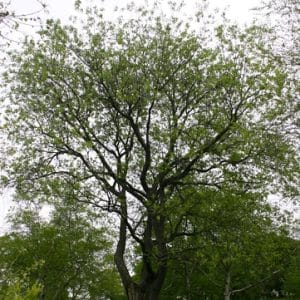Botanical Names
Common Names
Native to North America, slippery elm is one of thirty-four species of elm tree growing in the US, particularly in the Applalachians and throughout the central and northern states. The herb is obtained from a large, deciduous tree, growing to about sixty feet and thriving on high ground and dry soil. It has a brown trunk and rough, gray-white bark on the branches. The reddish-brown fruits grow in clusters, with each consisting of a single seed visible in the center of the fruit. The medicinal part is the inner rind separated from the outer bark. It is collected in the spring.
The herb had a variety of uses by the Native Americans, including poultices for wounds, boils, ulcers, and inflamed eyes, and used internally for fevers, colds, and bowel complaints. Several tribes, including the Pillager Ojibwa, Mohegan, and Chippewa, have used slippery elm to treat sore throats, a practice still in use today. The Cree used the bark for toothaches, and the Catawaba used a salve for rheumatism. Many tribes used it as a soothing food for children and the sick.
Its name is derived from its strongly mucilaginous or “slippery” taste and texture.
The White elm (U. americana) is a related species and used in a similar manner by the Mohicans.
In Europe, the dried bark of the elm (Ulmus spp) was used as a demulcent, and first mentioned by Diorscorides in the 1st century CE.
The elm was a favoured shade tree in North America until the Dutch elm disease decimated the species in the 1960s. Some hardy trees survived and it slowly has been making a comeback in many parts of the country. Although the tree is not as prevalent as it once was, it has recovered enough to provide ample bark to make the powder. Since only small strips are harvested, the tree is not damaged.
Because it was unknown in Europe, early settlers were skeptical that it could be used as an effective medicine. They soon learned; and, as they made their way west, they began harvesting strips of bark to treat such conditions as urinary and bowel ailments, sore throat, scurvy, diarrhea, dysentary, cholera, skin ulcers, chilblains, toothaches, and burns.
Slippery elm was listed in the US Pharmacopoeia until 1960, when the Dutch elm disease appeared.
Key Actions
Key Components




